A Skink is any of the many different lizard species in the Scincidae family. Researchers recognize over 1,500 different species of Skinks in several different subfamilies and over 100 different taxonomic genuses. In fact, these little reptiles have the widest diversity of any type of lizard. Read on to learn about the Skink.
Description of the Skink
These creatures look similar to lizards, and share the same general body shape. Compared to lizards, however, Skinks have shorter legs, and virtually no neck. They come in a range of different colors, including tan, black, iridescent, blue, orange, green, and more.
Most species measure about five inches long, but each species is different. The smallest species grow to just three or four inches, while the large species measure a foot or more in length!
Interesting Facts About the Skink
These reptiles come in a wide variety of shapes and sizes. Each species is unique! Learn more about some individual species below.
- Solomon Island Skink – This heavyweight lizard, also known as the monkey, giant, or prehensile-tailed Skink, is a record-breaker. Not a single living Scincidae member today out measures the Solomon Island species. Some large individuals weigh nearly two pounds!
- Blue Tongue Skink – This species is undeniably cool. It also really does live up to its name! However, if you own one as a pet, you shouldn’t want to see it stick out its blue tongue too frequently, they only do this when alarmed.
- Giant Lance Skink – You might have to do a little digging to find this species … literally and figuratively! You can find it burrowing beneath the sand. This 14 in. long species is unique because it has no legs! Though it looks like a snake, this species is a member of the Scincidae family.
Habitat of the Skink
With so many different species, it is no surprise that these animals live in a variety of different habitats. In fact, they live in virtually every type of habitat, except for arctic and subarctic regions. As a whole, they typically prefer habitats where they can dig or burrow in the sand.
Some of the different ecosystems that they utilize include forests, rainforests, deserts, mountainous regions, suburbs, cities, agricultural areas, wetlands, and much more.
Distribution of the Skink
Outside of the inhospitable regions in arctic and subarctic climates, you can find these reptiles virtually worldwide. They live in North, Central, and South America, as well as Eurasia, Africa, and Australasia. People also keep various species as pets worldwide.
Diet of the Skink
Each of the many different species utilizes different food sources. Even individuals of the same species that live in different regions have different diets. Some species are omnivores, which means they eat both plants and animals. However, most species are insectivores, and eat mostly insects.
Some of the different prey items that they hunt include beetles, flies, insect larvae, worms, snails, crickets, moths, and more. Omnivorous species also feed on fruits, vegetables, and leaves.
Skink and Human Interaction
Human activity impacts the various species in different ways. Some species thrive in areas with large populations of humans, like cities and suburban regions, and utilize the high volume of pesky insects as a food source.
For other species, human activity destroys their habitat and decimates their food supply. Each species faces different levels of threat.
Domestication
Humans have not domesticated Skinks in any way.
Does the Skink Make a Good Pet
Some species do make good pets. However, it is important for you to ensure that you know how to properly care for any animal before you decide it’s the pet for you. You must also make sure that you purchase a lizard that has not been captured from the wild, but bred in human care.
Skink Care
Different species have vastly different needs. Those from tropical regions must have warm temperatures with plenty of water and very high humidity. Conversely, those from desert regions need warm temperatures with very low humidity.
Their diets also vary drastically. Some species need a variety of fruits and veggies, as well as crickets, mealworms, and other prey. Other species do not need any vegetation at all.
Behavior of the Skink
Most of these lizards prefer living on the ground, or live a terrestrial lifestyle. Many also burrow underground, which makes them fossorial. However, some species prefer climbing trees, or even living in aquatic regions like swamps or wetlands.
Many also display territorial behavior, and chase off rivals. They usually defend territories based on access to the best food sources.
Reproduction of the Skink
Different species have vastly different breeding habits and reproductive rates. Over half of the various species lay eggs, but many also carry the eggs within their reproductive tract for extended periods. The eggs hatch internally, and the mother gives birth to live young.
In all species, the young lizards are fully independent and self-sufficient at birth. Neither parent plays any role in the care or growth of their offspring.


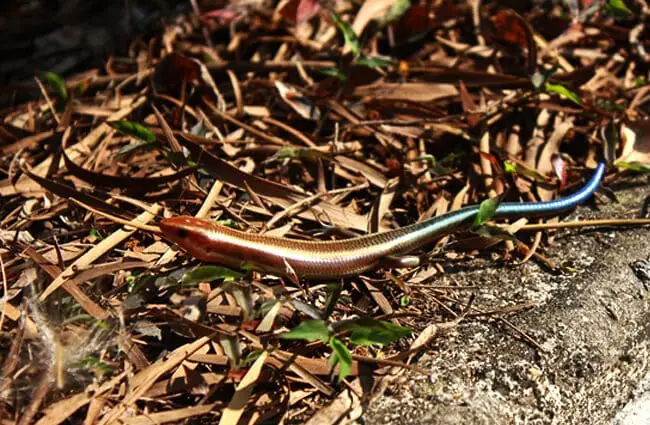
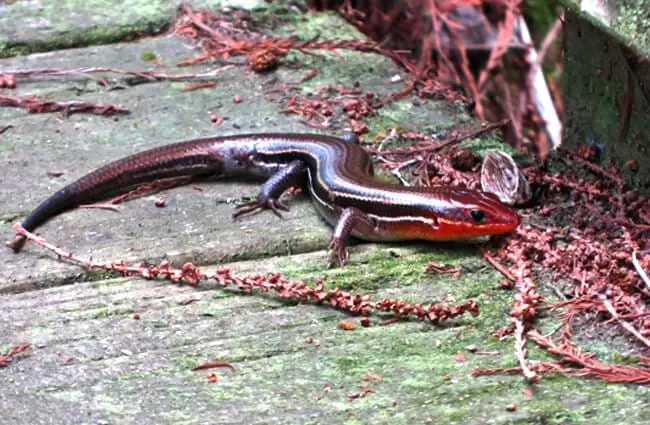
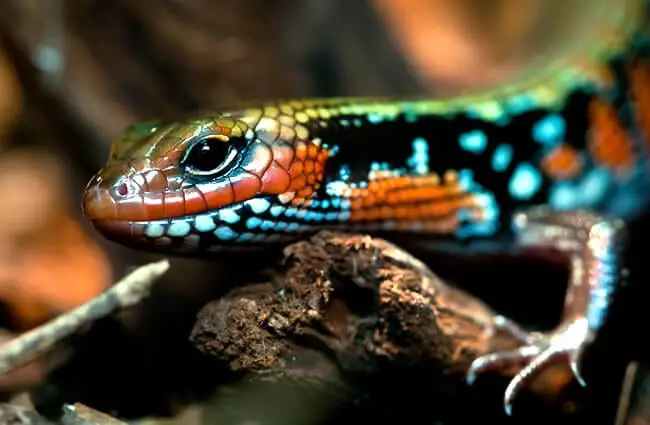
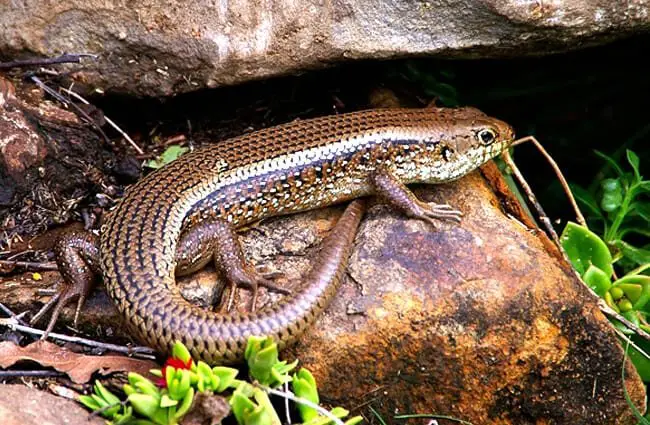
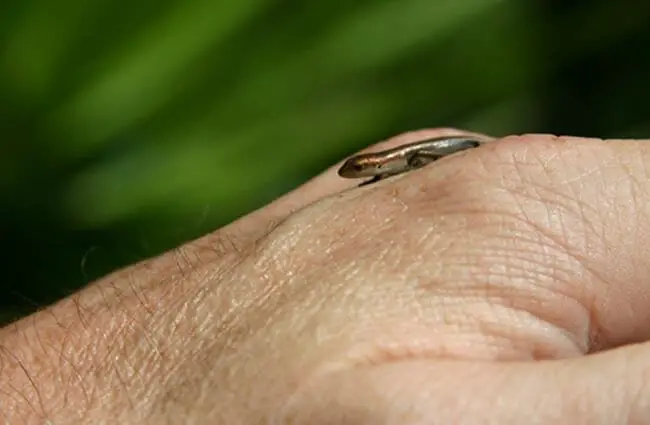



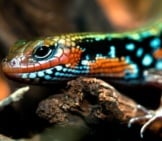
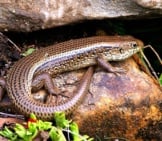

![Red Angus Closeup of a beautiful Red Angus cowPhoto by: U.S. Department of Agriculture [pubic domain]https://creativecommons.org/licenses/by/2.0/](https://animals.net/wp-content/uploads/2020/03/Red-Angus-4-238x178.jpg)


![Red Angus Closeup of a beautiful Red Angus cowPhoto by: U.S. Department of Agriculture [pubic domain]https://creativecommons.org/licenses/by/2.0/](https://animals.net/wp-content/uploads/2020/03/Red-Angus-4-100x75.jpg)

